4. Biochromes¶
So much fun with colour and mixing stuff and watching magic happen.
Research¶
More to come...
bacterial dye¶
Just some pictures for now, until I decipher the chicken scratchings in my notebook
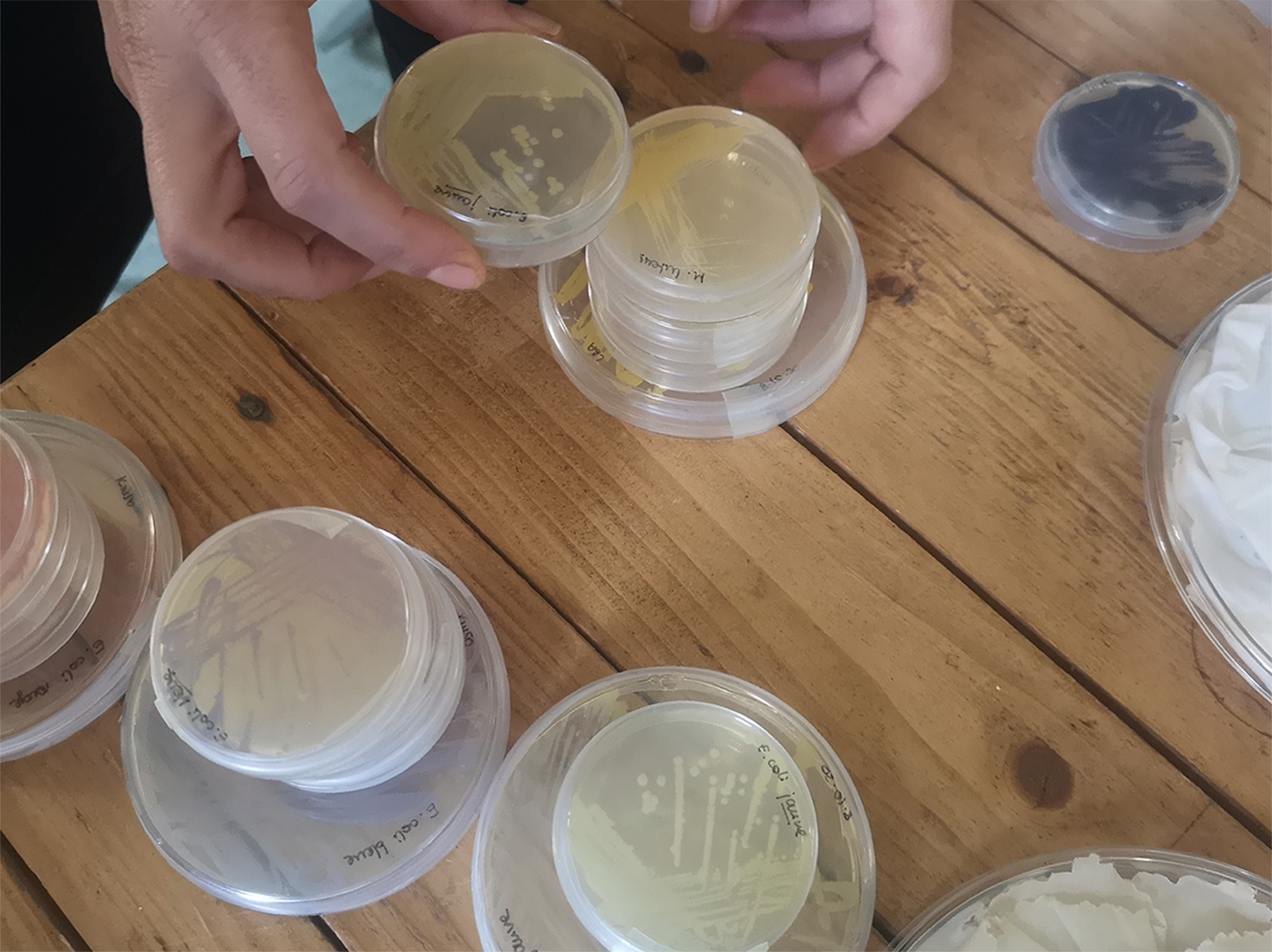
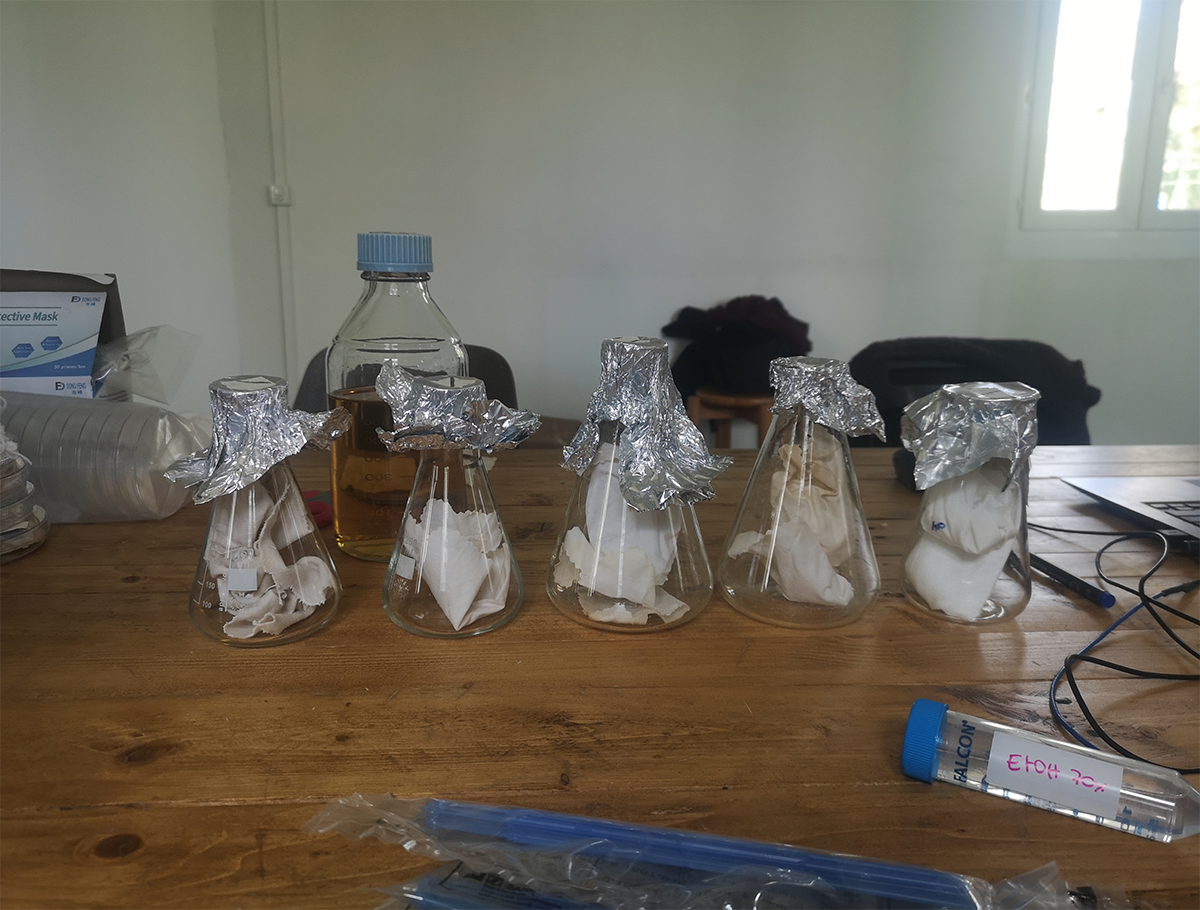
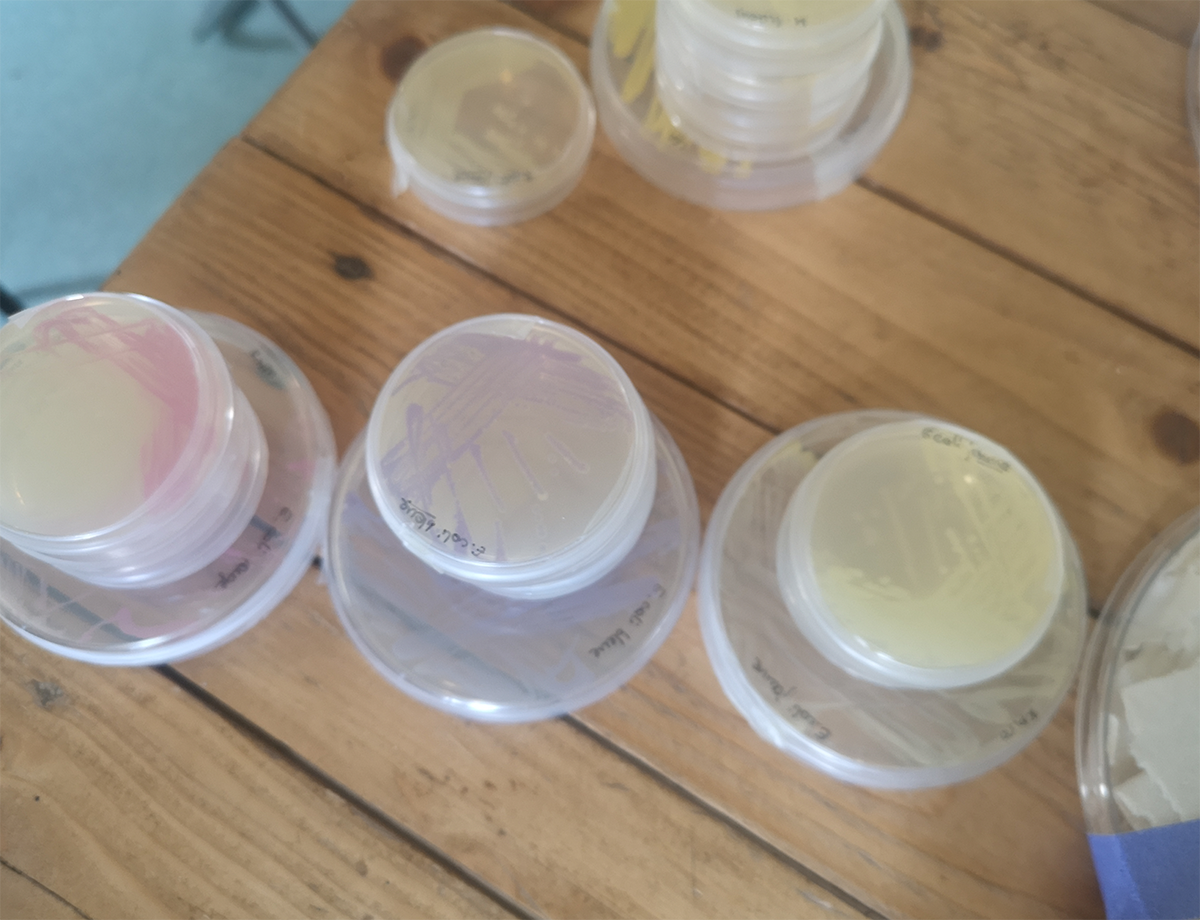
natural dyes¶
fabrics¶
- a rough cotton
- a thin old linen cotton sheet
- a swatch of silk with an existing white flower print
#### mordant(s) - aluminum phospate
6 dye baths¶
- red cabbage
- cochineal (mealy bug, my secret revenge)
- curcuma (tumeric)
- avocado peels and seeds
- sumac
- annatto seeds
modifiers¶
- vinegar - pH 2-2.5
- vinegar + iron (supplements) - pH 3.5
- aluminum phospate - pH 6
- bicarbonate soda - pH 9
results¶
Mousover to see clearer. Click to enlarge and get details.
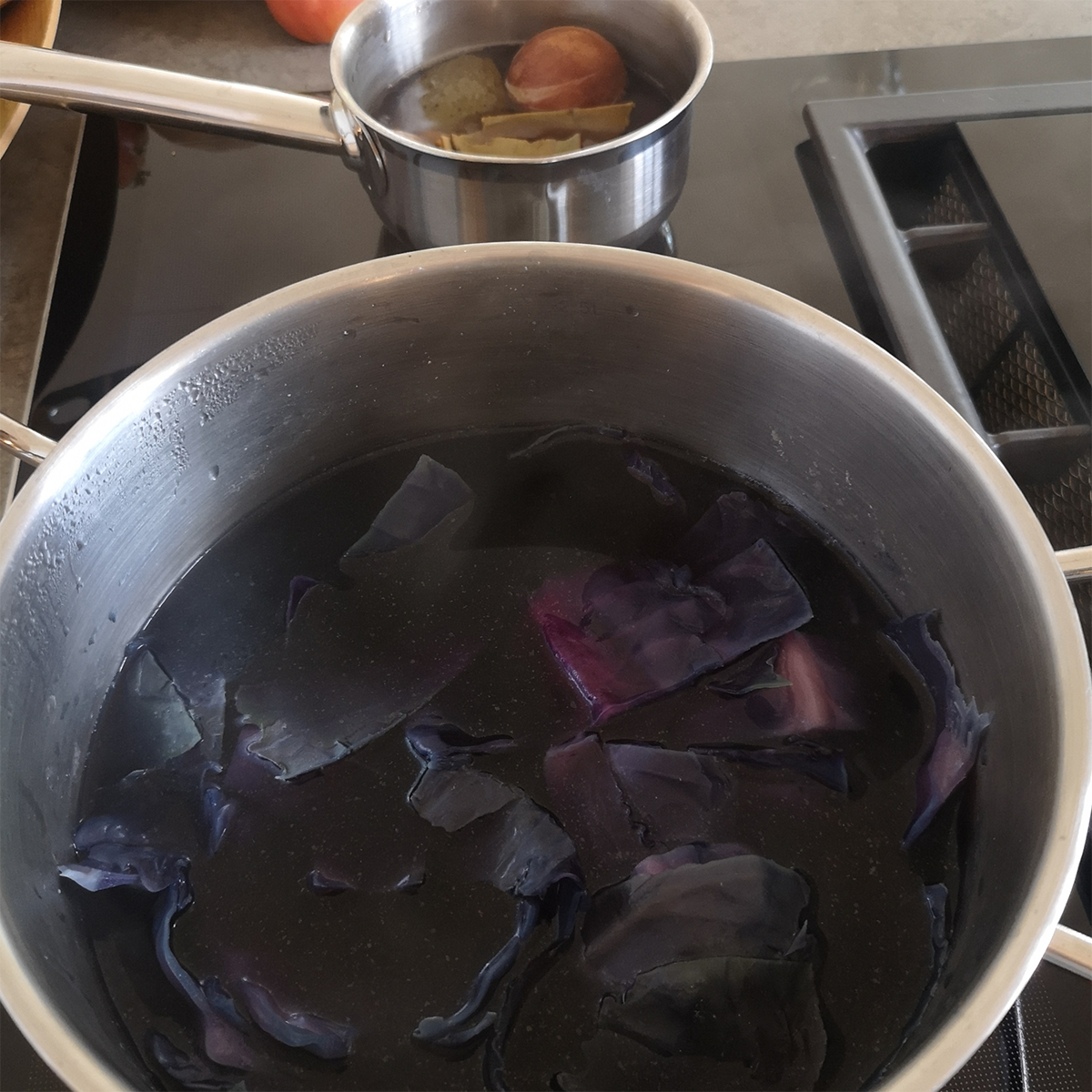
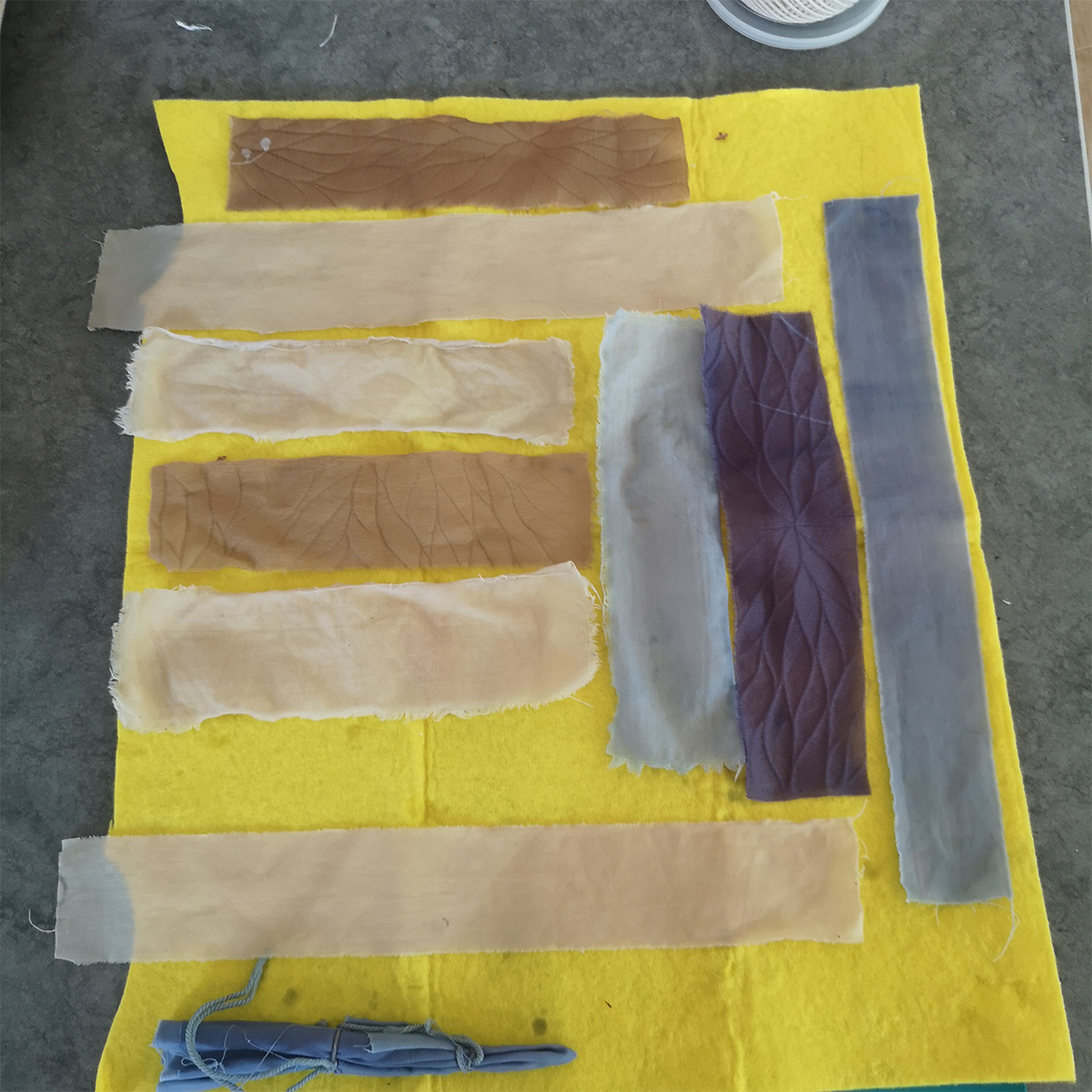
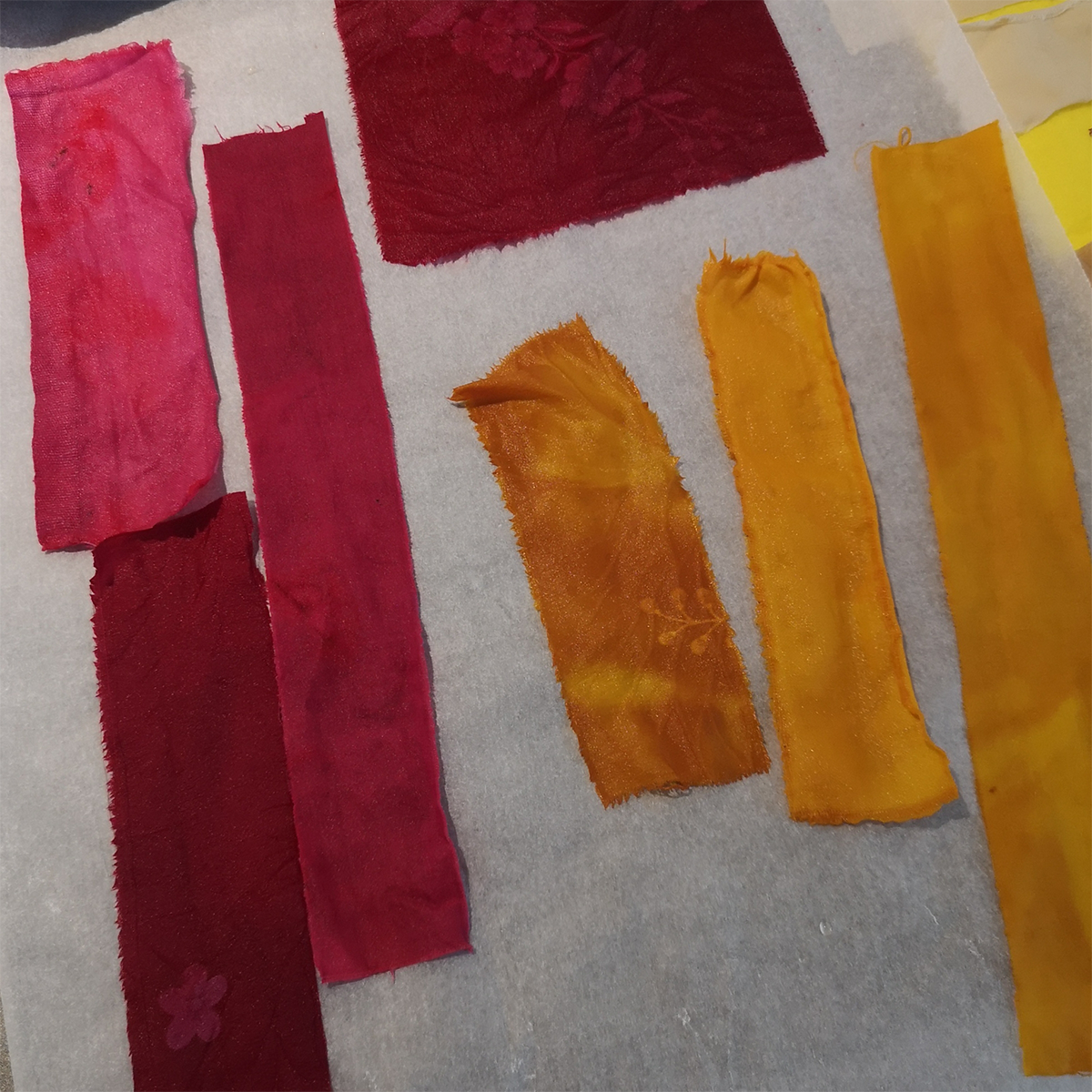
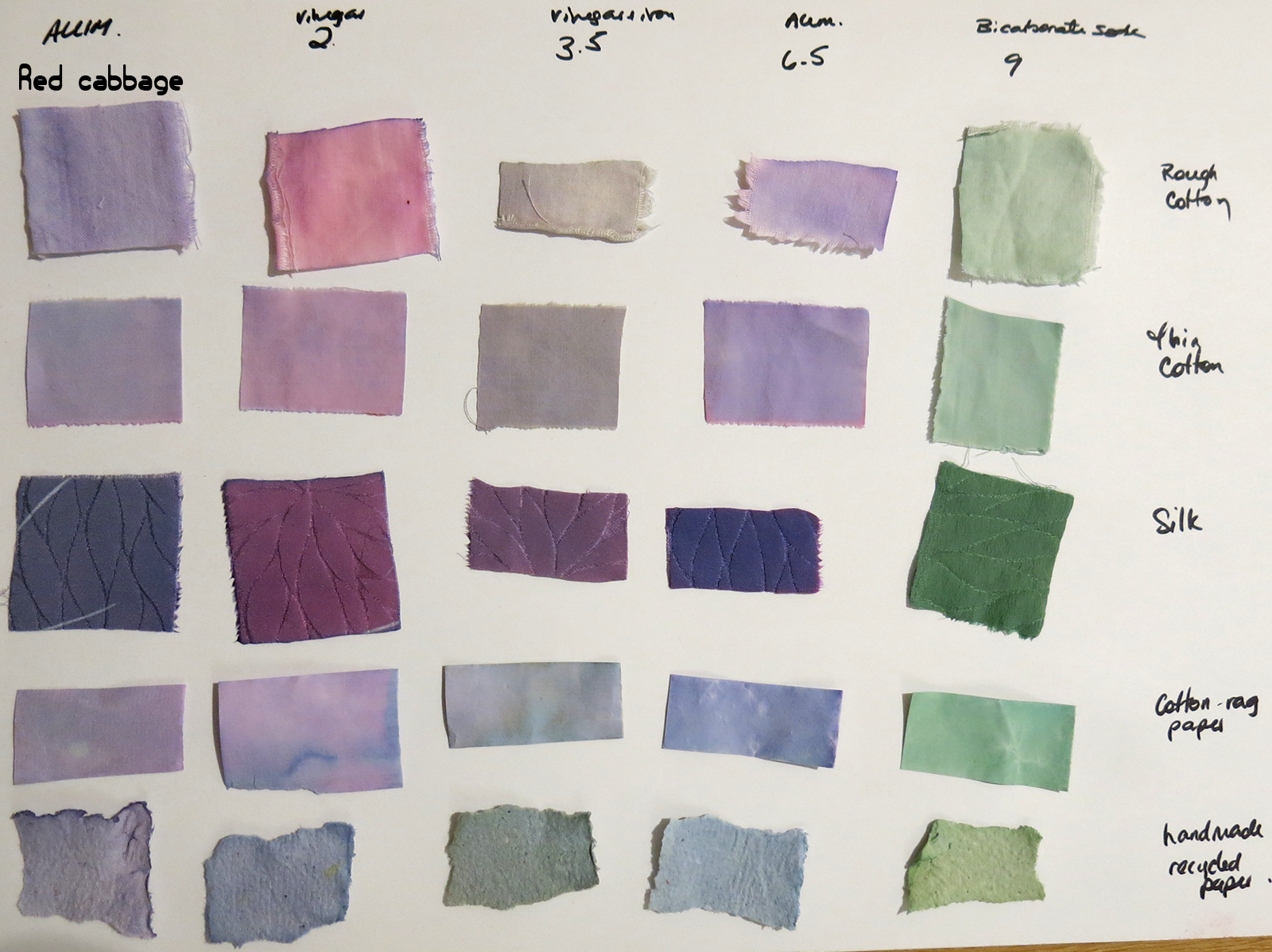
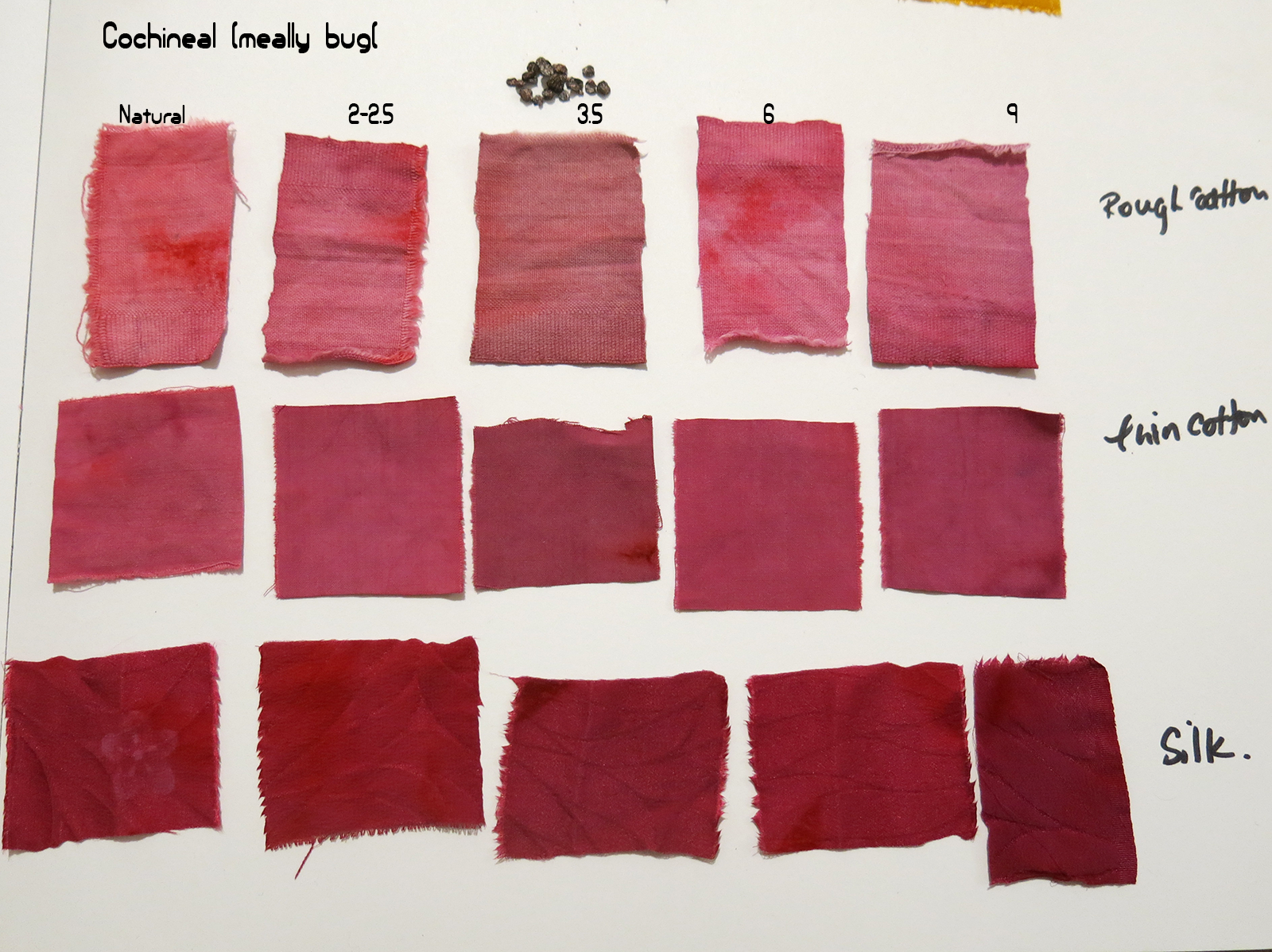
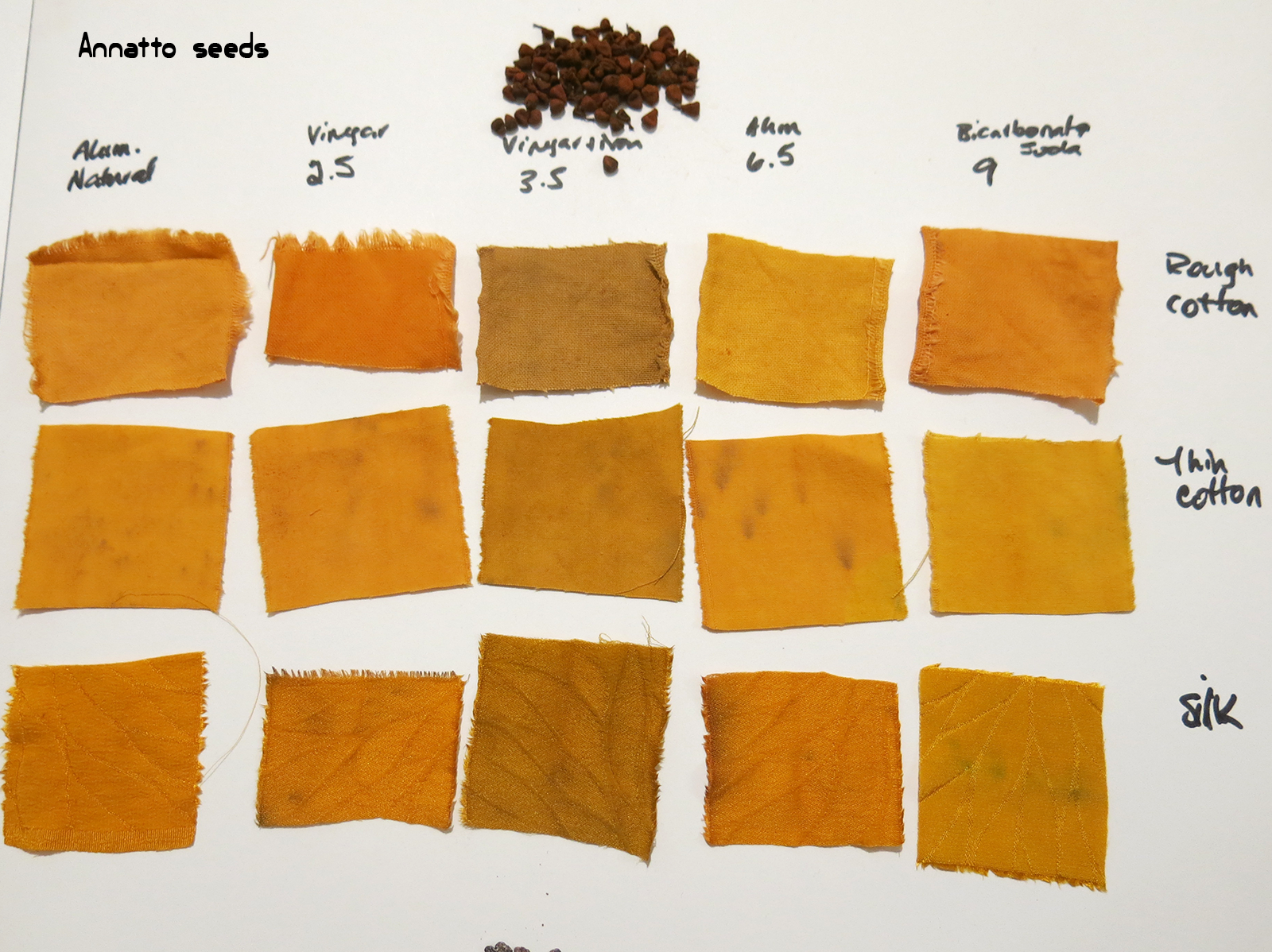
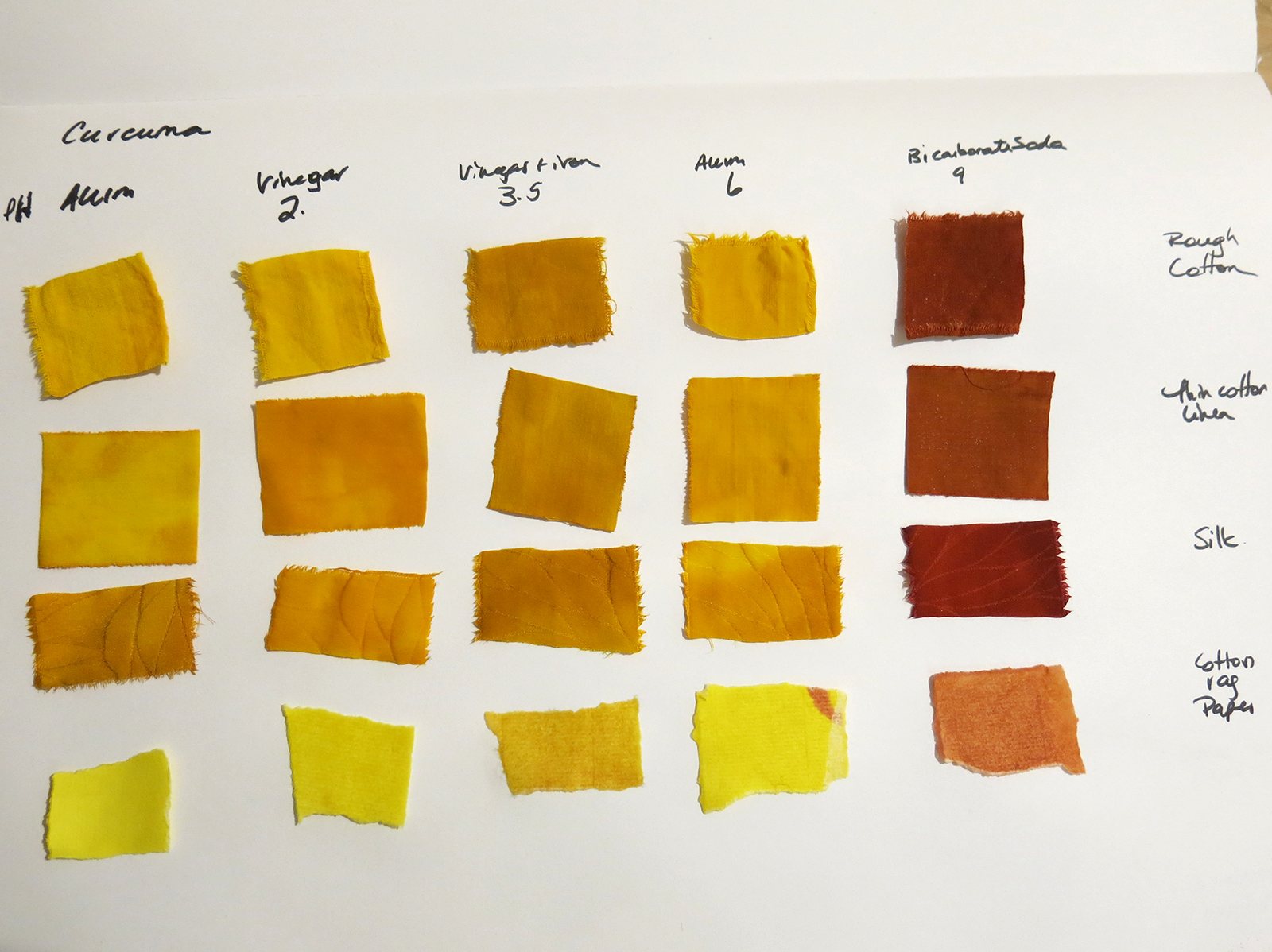

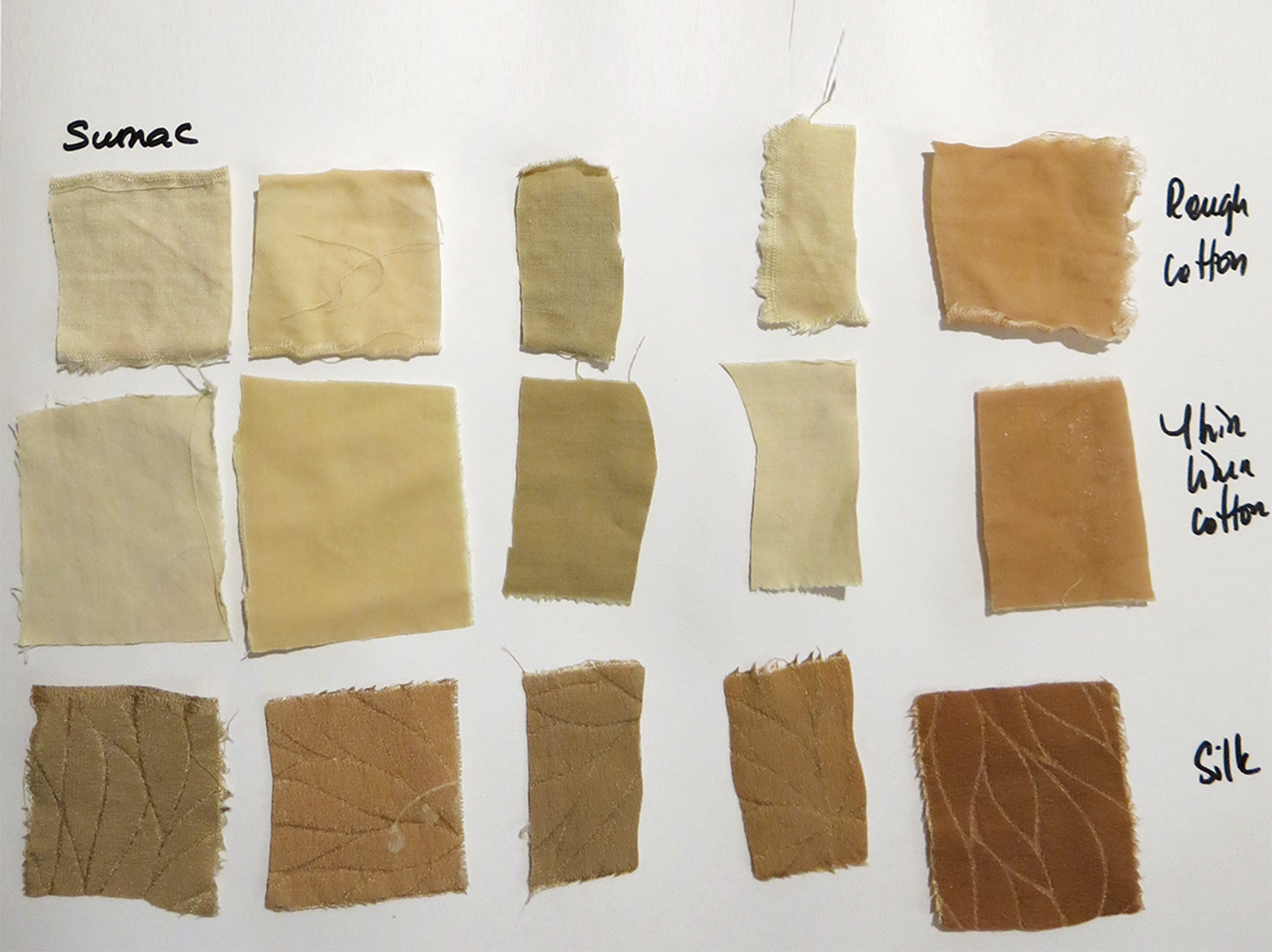

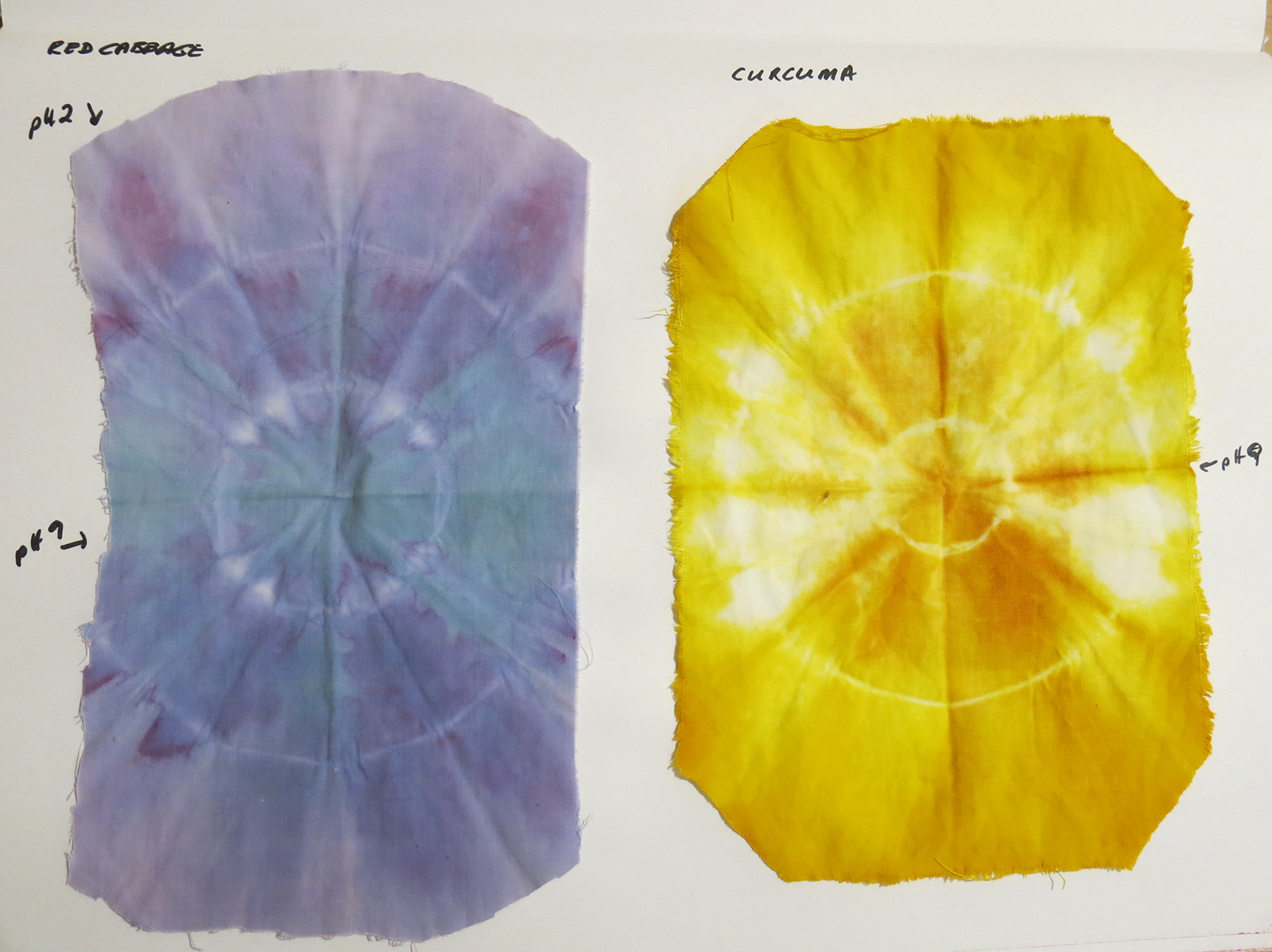
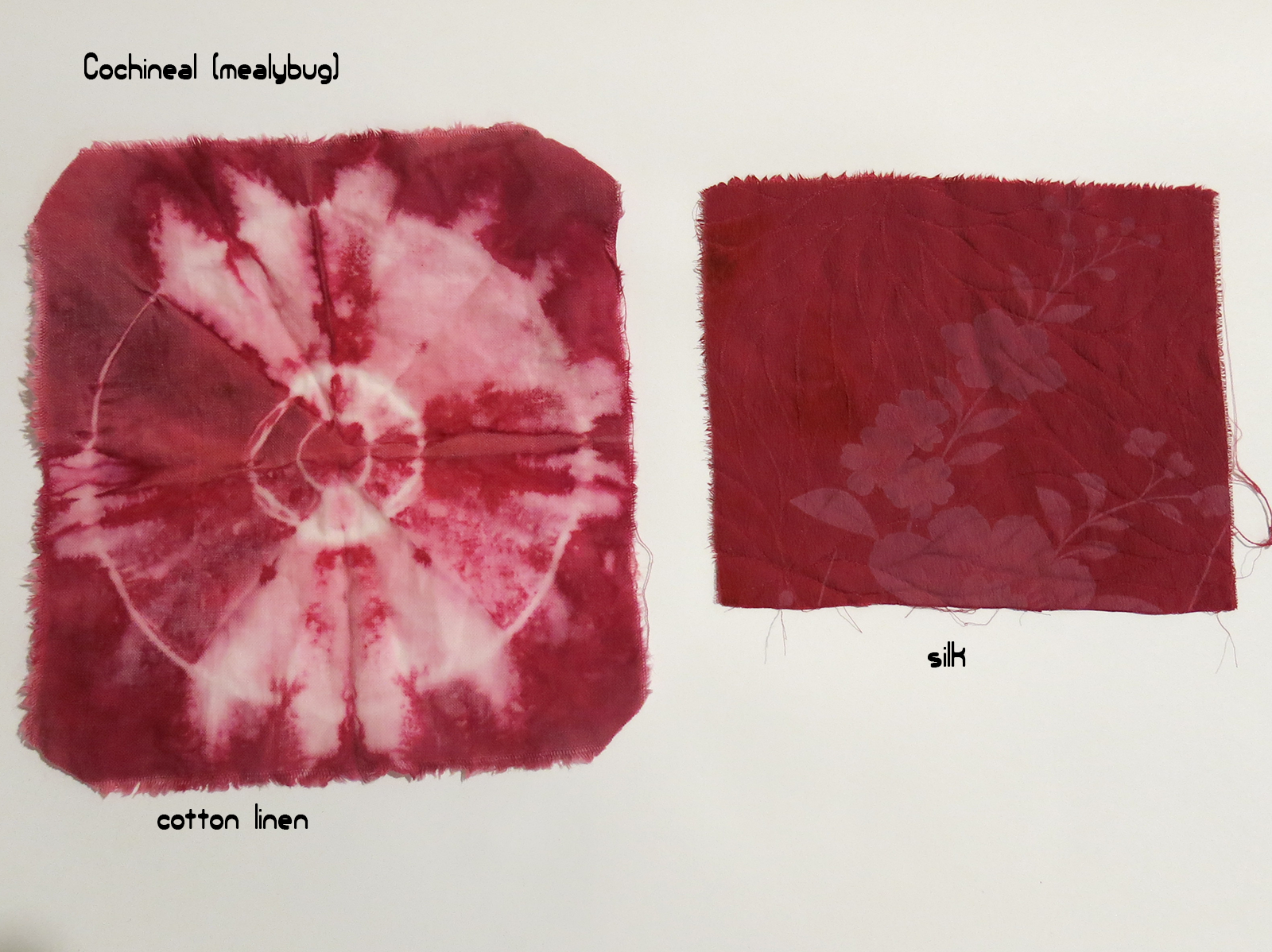
Inks¶
Comming soon...
Last update: January 18, 2021